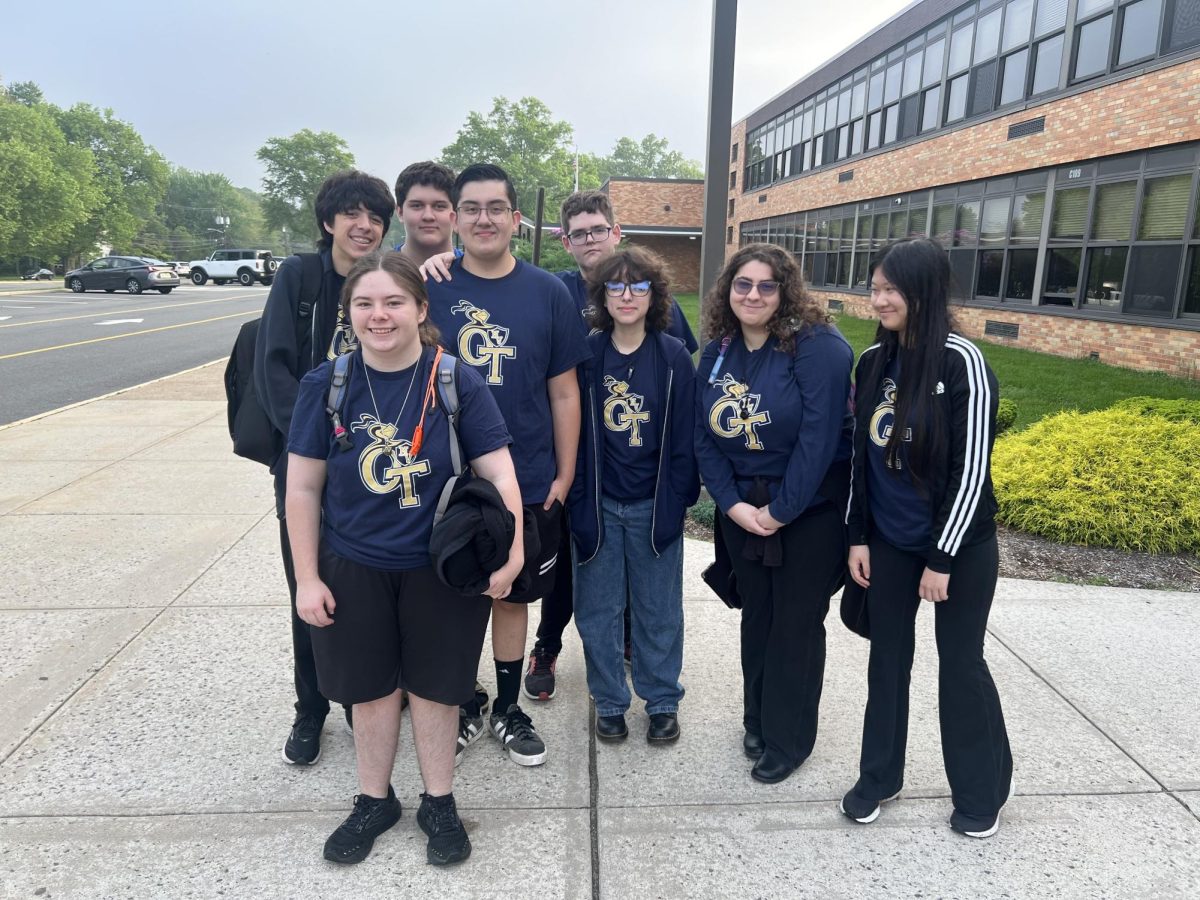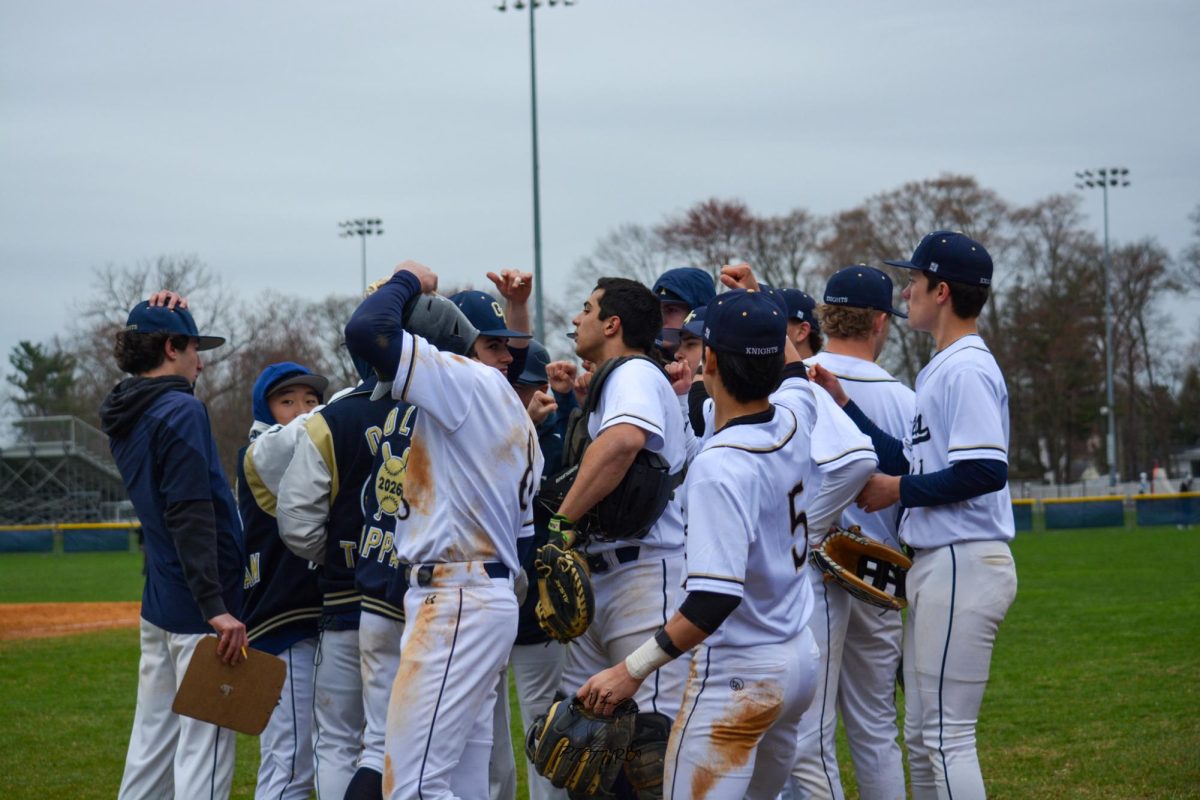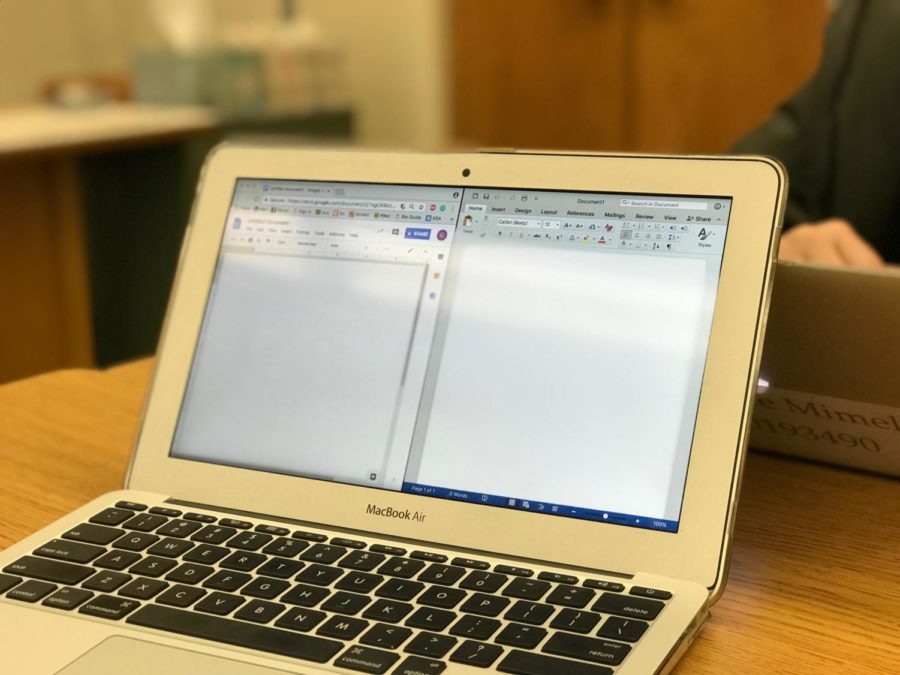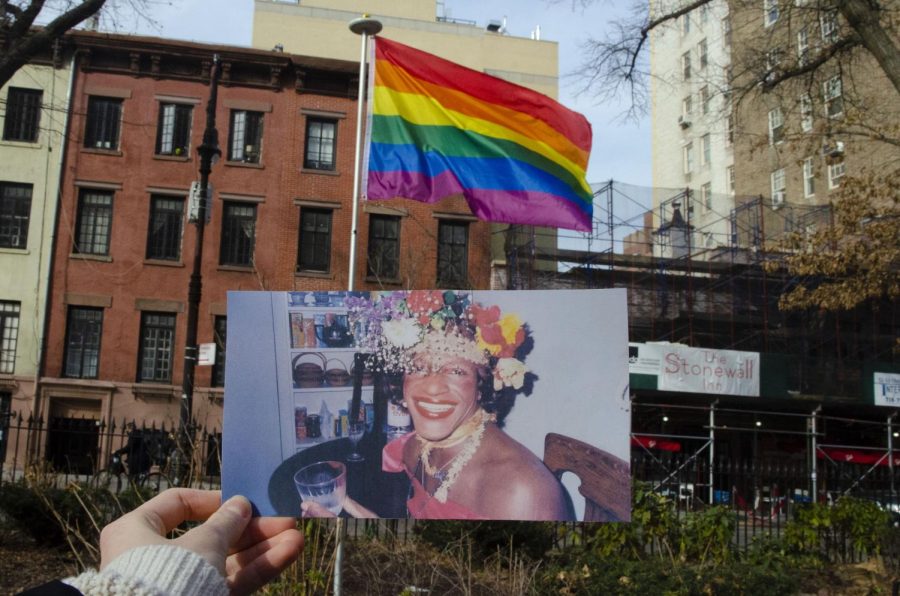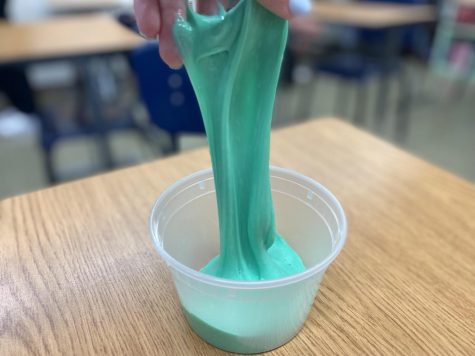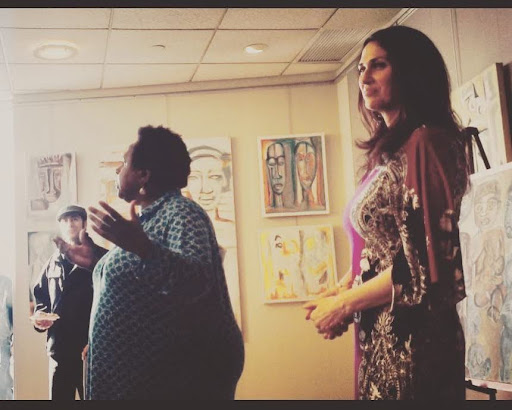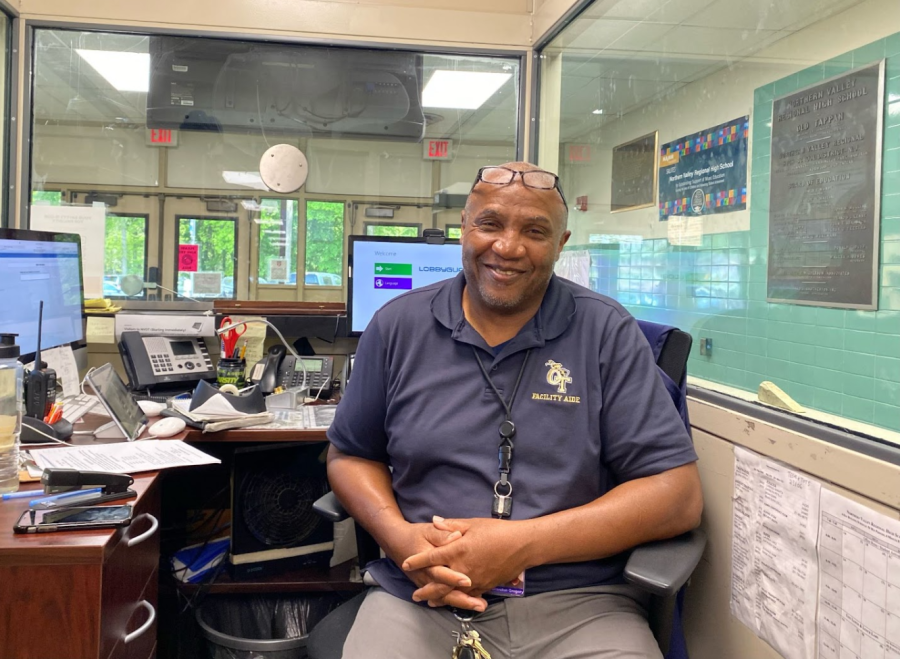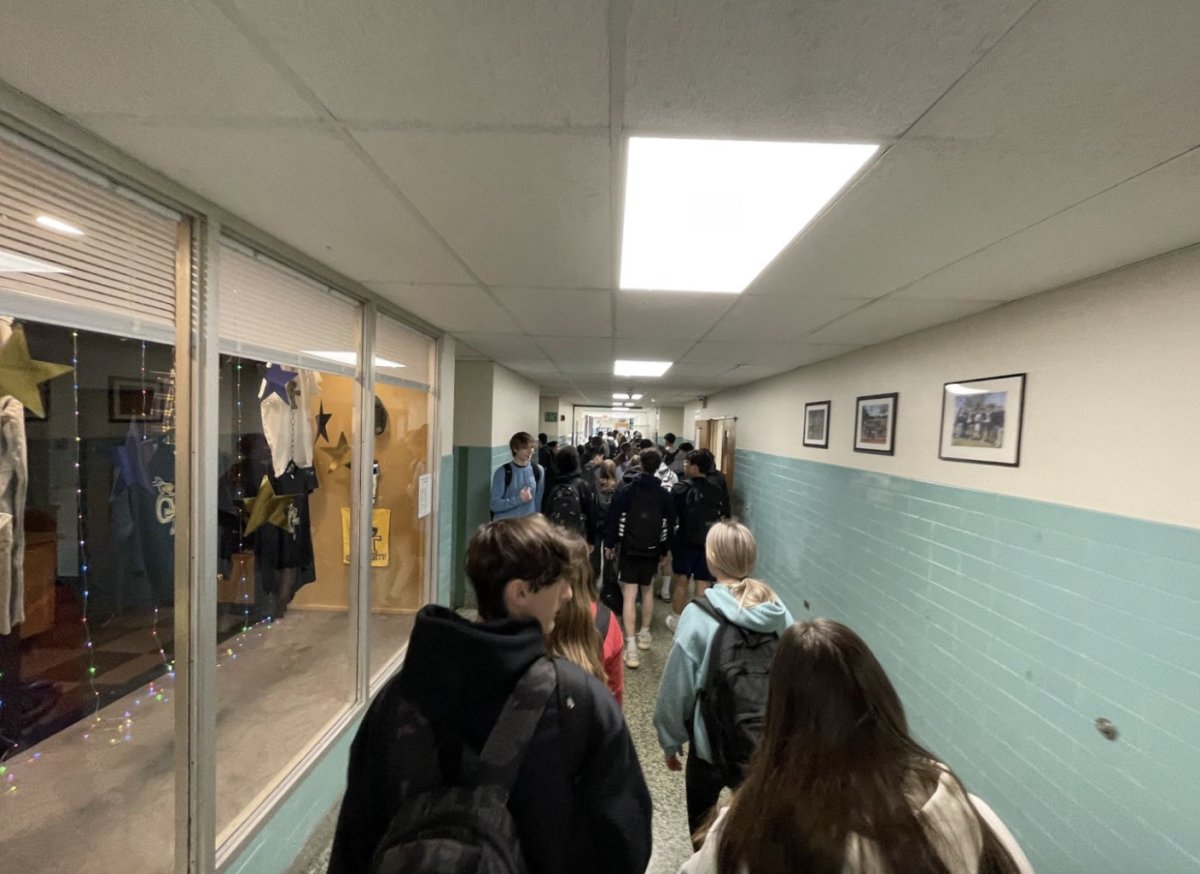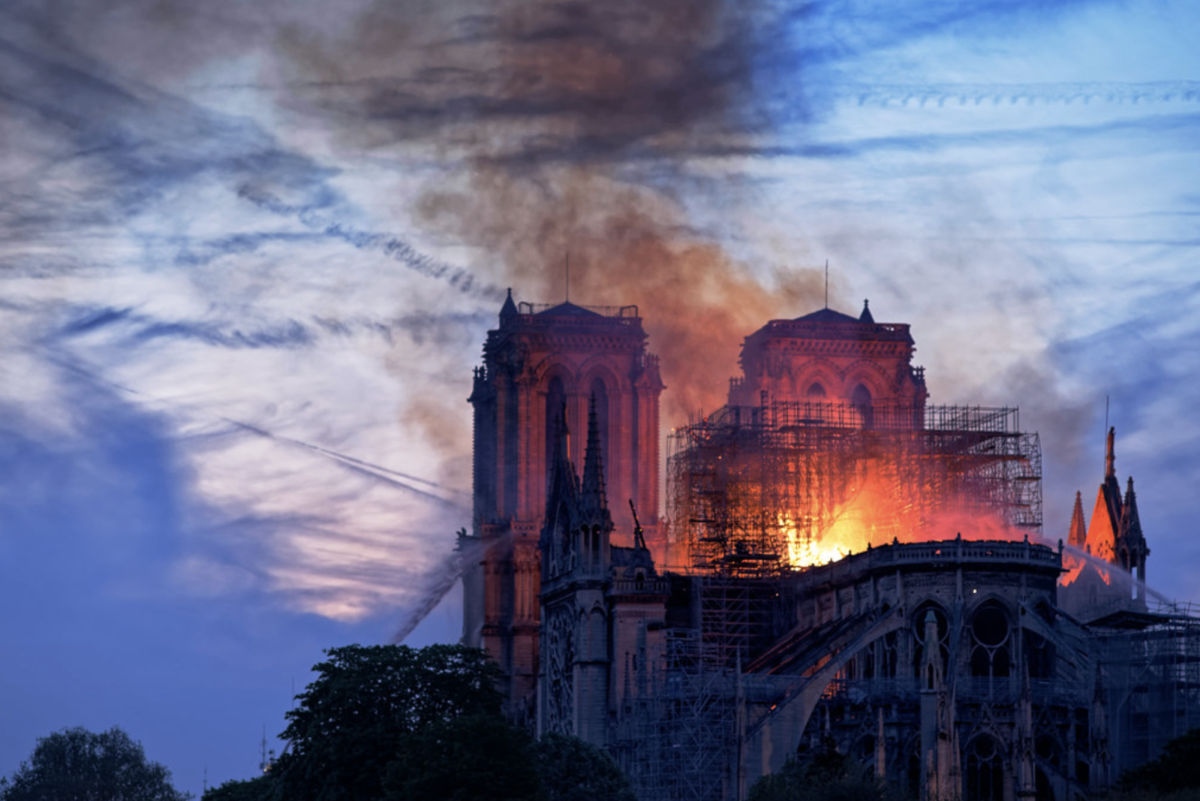On the evening of April 15, 2019, the city of Paris stood still as it watched the beloved cathedral of Notre Dame begin to crumble, engulfed in flames. It was Holy Week, the most sacred time of the year in the Catholic Church, where Catholics from all over the world would flock to the renowned landmark to attend special liturgies that commemorate the crucifixion and resurrection of Jesus Christ. Instead of celebration, these same individuals were overwhelmed by a wave of grief with the burning of the precious cathedral.
Almost immediately, the cathedral received generous donations from some of the world’s wealthiest French figures, amounting to nearly $1 billion. With that, French president Emmanuel Macron pledged to have the Notre Dame Cathedral rebuilt in the span of five years despite many skeptics doubting this speedy recovery. Yet, Macron defied these doubts, and on December 7, 2024, the Notre Dame Cathedral’s reconstruction was completed, and the building was finally reopened to the public.
However, the Notre Dame Cathedral fire was not just a significant time for the Catholic Church. At NVOT, the Notre Dame Cathedral plays a crucial role for educating students on a multitude of subjects such as religious topics, architectural designs, historical events, cultural heritage, and even mathematics. Across the world, classrooms utilize numerous structures like the cathedral in modern day curriculums.
Constructed in the twelfth and thirteenth centuries, Notre Dame tells students the story of history. “Throughout time, it has been a place where a lot of historical events have happened. At certain times it has been completely trashed, like during the French Revolution. Other times, like during the coronation of Napoleon or after World War II, it becomes a place of celebration and wonder. And so it’s become this symbol, like a lot of countries have, or a lot of cities have, symbols of who they are,” said NVOT AP World History teacher Cynthia Affinito. The cathedral of Notre Dame has been a staple in Affinito’s class. As she stated, the cathedral has been a setting for essential events in history that have driven political and social movements that affect our world today, whether it be the French Revolution and its emphasis on democracy or the end of World War II and its symbol of unity. Thus, without a significant building like Notre Dame being preserved, so many aspects of our world history would be diminished to rubble, completely lost in the past.
Despite all the many benefits restoration has on educating the modern world, there comes controversy. “I recall being horrified when I went to Richmond, VA on a brief fellowship in 2013 because of the laudatory phrases found on the bottom of their statues,” said AP US History teacher Nicholas Pellegrino. Virginia, a Southern state that played a crucial role in the Civil War, is home to famous monuments memorializing Confederate generals and pro-slavery figures. With structures like this representing hateful practices and people, resentment against restorating monuments with discriminatory undertones has grown. Yet, Pellegrino states, “But tearing them down or pretending that era of our history never happened seems fraught with unintended consequences.”
Regardless of public opinion on historical buildings, these structures are essential in educating our modern world. Before textbooks, mankind relied on these structures to connect with the past in order to build a brighter future. But without restoration efforts throughout history, all knowledge would be completely lost to ignorance. While the Notre Dame Cathedral’s reopening may seem of little importance to anyone who isn’t French or of the Catholic faith, people from all over the world should look at the situation with a new perspective and celebrate this rebuilding of knowledge.


